We had a very peaceful nights sleep in our tents beside Kholboolj Lake (45°20’12” N 100°49’36” E) and awoke to the sounds of Pallas’s Sandgrouse commuting to the lake for their morning watering.
After breakfast beside the lake watching Pallas’s Sandgrouse come and go plus two Pallas’s Gull fly-by we packed the Land Cruiser’s and headed northwards toward the town of Bayankhongor. En-route we made occasional stops for Small Snowfinch, more views of Pallas’s Sandgrouse and two Henderson’s Ground-jay.
Richard was busy counting Pallas’s Sandgrouse and eventually made it to 99 while I counted 32 Steppe Eagle and eventually got to 32 many off the latter sitting in the desert along a 5km stretch of the Arvaikheer to Bayankhongor Road, in pairs and presumably migrants. This was our first tarmac for many days.
Steppe Eagle along the Arvaikheer to Bayankhongor Road
Female (left) and male Pallas’s Sandgrouse – Kholboolj Lake
Female (left) and male Pallas’s Sandgrouse – Kholboolj Lake
Male (left) and female Pallas’s Sandgrouse – Kholboolj Lake
Two male and two female Pallas’s Sandgrouse – Kholboolj Lake
Male (left) and female Pallas’s Sandgrouse – Kholboolj Lake
Male Pallas’s Sandgrouse – Near Kholboolj Lake
Male Pallas’s Sandgrouse – Near Kholboolj Lake
Female Pallas’s Sandgrouse – Near Kholboolj Lake
Steppe Eagle along the Arvaikheer to Bayankhongor Road
Steppe Eagle along the Arvaikheer to Bayankhongor Road
Cuckoo outside of Bayankhongor
After a stop for Small Snowfinch we lost contact with the lead vehicle but our driver seemed confident enough in heading for Bayankhongor. After some time with no sighting our driver stopped and Barry, Richard and I took the opportunity to bird a roadside area of willow just outside of town and quickly recorded Taiga Flycatcher, Pallas’s Warbler and Taiga Flycatcher.
I was convinced I was going to see my longed for Thick-billed Warbler but it was not to be and we were summoned back to the vehicle, made a u-turn and headed back to town where the other vehicles were now waiting. We faffed around in the town for around an hour looking at prayer wheels and Chough and I questioned why we weren’t birding while the support crew did the shopping – this was costing me Thick-billed Warbler!
Eventually the supplies had been gathered and we headed back south-east along the road before turning north off the tarmac and headed up the very dusty valley to our campsite at the foot of Barig Mountain. It was fairly windy when we arrived and while the support team set up tents we birding the grass and rock slopes surrounding the campsite. We saw relatively little but for Northern Wheatear, Citrine Wagtail, Steppe Eagle, Black Vulture and Brown Accentor.
Bayankhongor
Temple in Bayankhongor
Prayer wheels Bayankhongor
Chough – Bayankhongor
Steppe Eagle – Barig Mountain
Red-cheeked Ground-squirrel – Barig Mountain
Barry birding the slopes of Barig Mountain
After lunch we drove up Barig Mountain to around 2700m, there was no road we simply drove up the mountain side and through a boulder field. It was even more windy at the top than at our campsite, hardly surprise really! We spent the rest of the afternoon driving and walking the barren rocky plateau of Barig Mountain (46°4’52” N 101°19’2″ E), it was very windy and the birding was tough going.
We saw relatively little but for Horned Lark, Water Pipit, Brown Accentor, Lammergeier, Steppe Eagle and others had White’s Thrush, Red-throated Thrush and Red-throated Pipit. There was no sign of the hopped for Hodgson’s Bush-chat or Asian Rosy-finch and not a sniff of Altai Snowcock.
After a very steep descent in the vehicles from the mountain we had the opportunity for the first hot shower for four days and planned the itinerary for the next five days in Mongolia. It was back up Barig Mountain tomorrow but I don’t think any of us were optimistic about seeing any of the target birds.
Habitat on Barig Mountain – Hodgson’s Bush-chat should be here somewhere
Stunning scenery Barig Mountain
Barig Mountain
Herding Yak – Barig Mountain
Tumen’s vehicle descending the mountain
This was our route back to our campsite at the foot of Barig Mountain, I just hoped the breaks were good or else we would flatten the tents
View across to Lumen’s car descending to campsite
Checking the vehicles
The water for our shower was warmed on this stove by burning Yak shit, the shower tent is sheltered from the wind behind the vehicle.
Simon Colenutt
I began birdwatching at the age of nine when living on the Isle of Wight. After obtaining a copy of the Isle of Wight Bird Report from 1976 I realised that Manx Shearwater, Arctic Skua, Pomarine Skua and Black Tern were regularly seen at St.Catherine's Point, only five miles from my home village of Chale Green. To a nine year old these birds were near mythical and so I just had to go and try to see them. Little did I know that these birds were seasonal and after a long winter of seeing nothing I eventually started to bump into other birdwatchers as March drew to a close. It was then that Dave Hunnybun, Dave Wooldridge, Paul Castle, Peter Gandy and Audrey Wilkinson introduced me to the art of seawatching and the joys of bird migration, I have not looked back since.
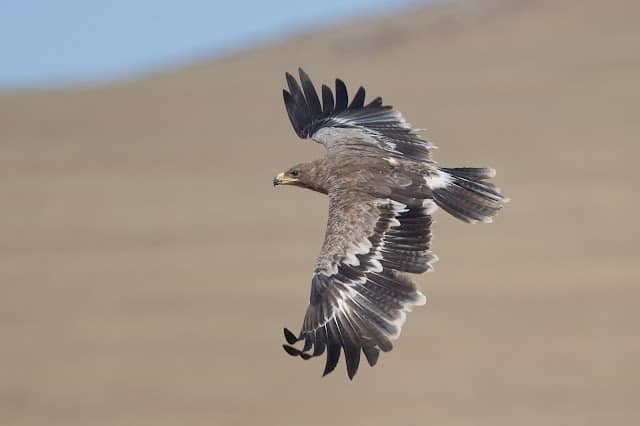





























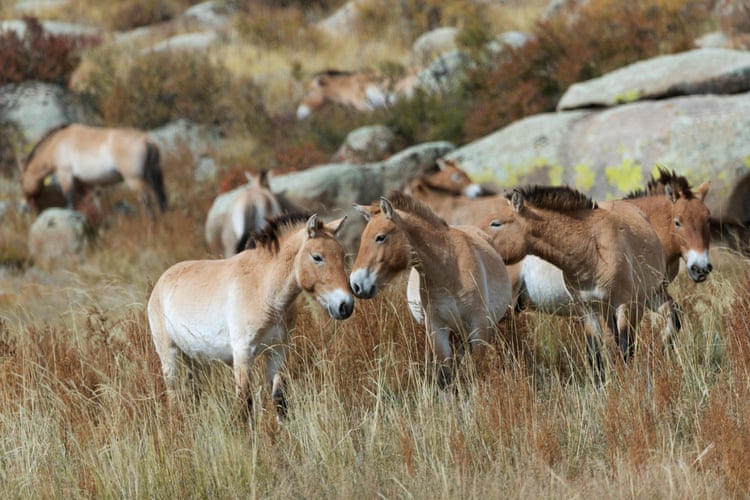
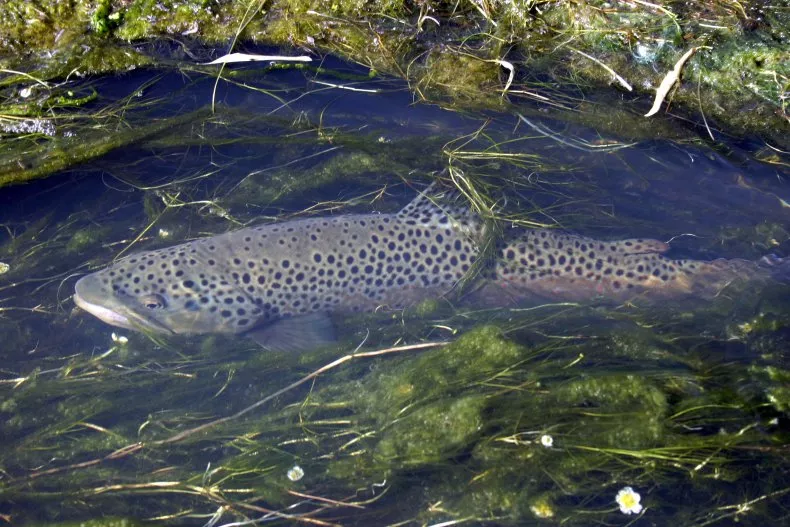
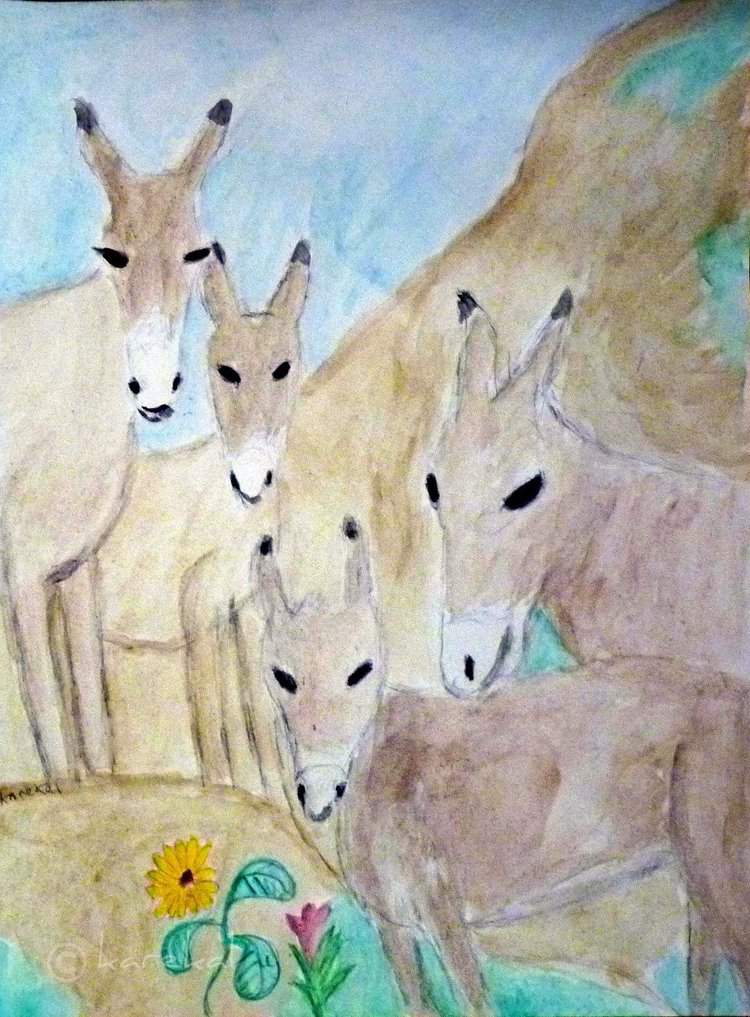
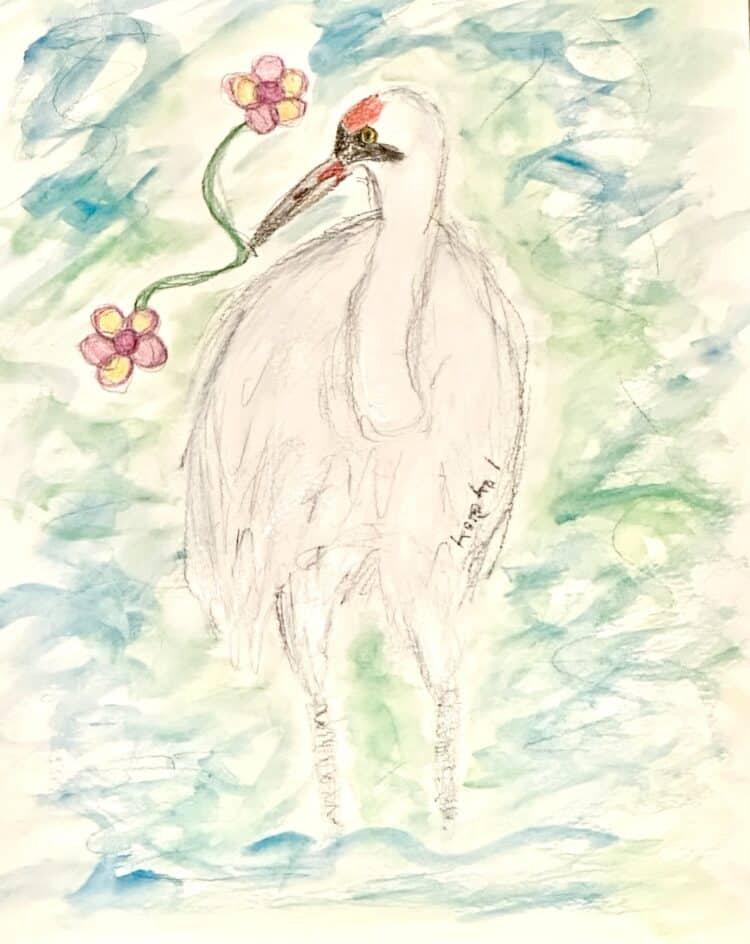
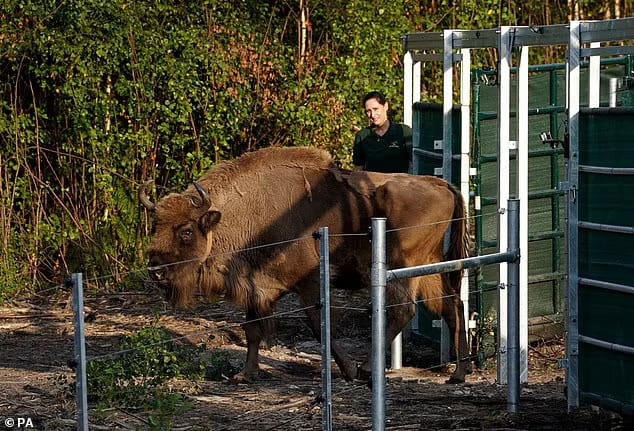
Leave a Reply